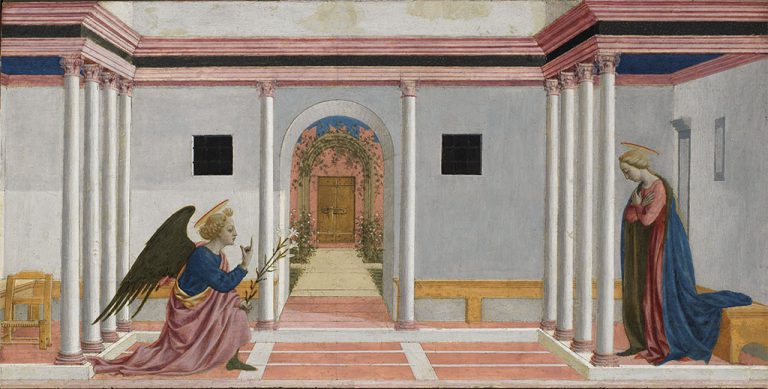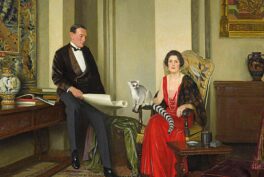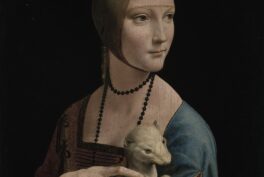Today we celebrate the reopening of The Fitzwilliam Museum in Cambridge. Its collection ranges from renowned Renaissance works to some of the finest Impressionist paintings. Today we are going to explore some of the many masterpieces that the gallery has to offer.
Hidden amongst the beautiful cobbled streets and college greens of Cambridge lies The Fitzwilliam Museum. Founded in 1861, the museum boasts one of the UK’s most impressive collections. There are half a million artworks and objects from many different periods and movements. Appropriately, these treasures are housed in a magnificent building which we enter through an impressive Palladian hall.
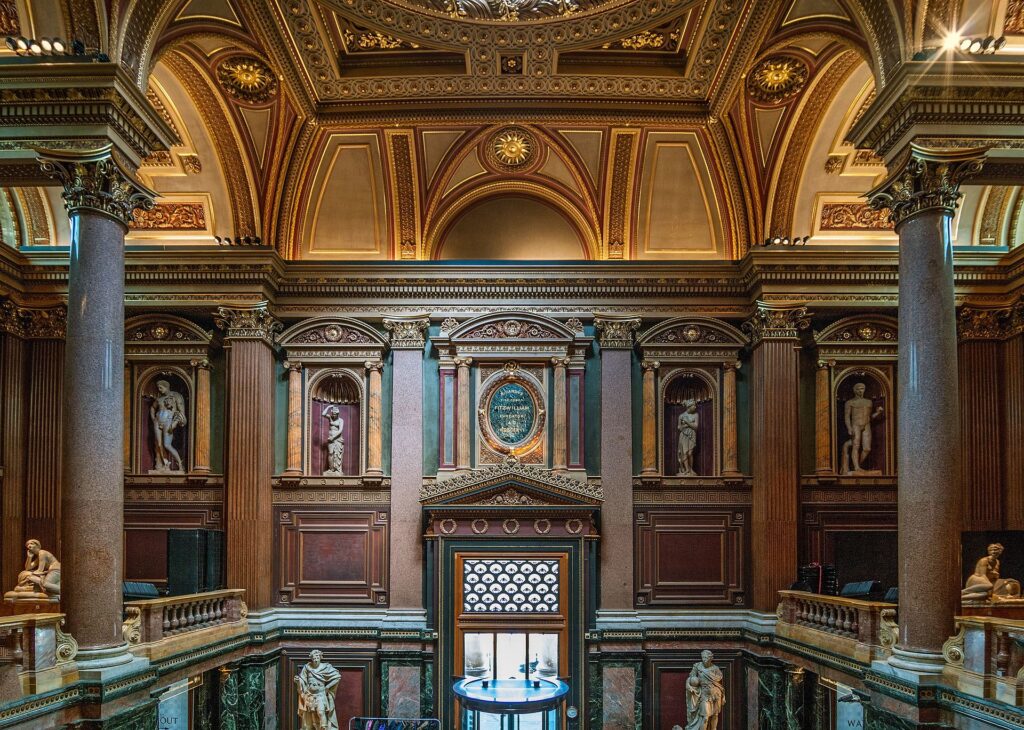
Let us now explore some of the specific highlights on view.
The Fitzwilliam’s Renaissance gems
Domenico Veneziano, The Annunciation
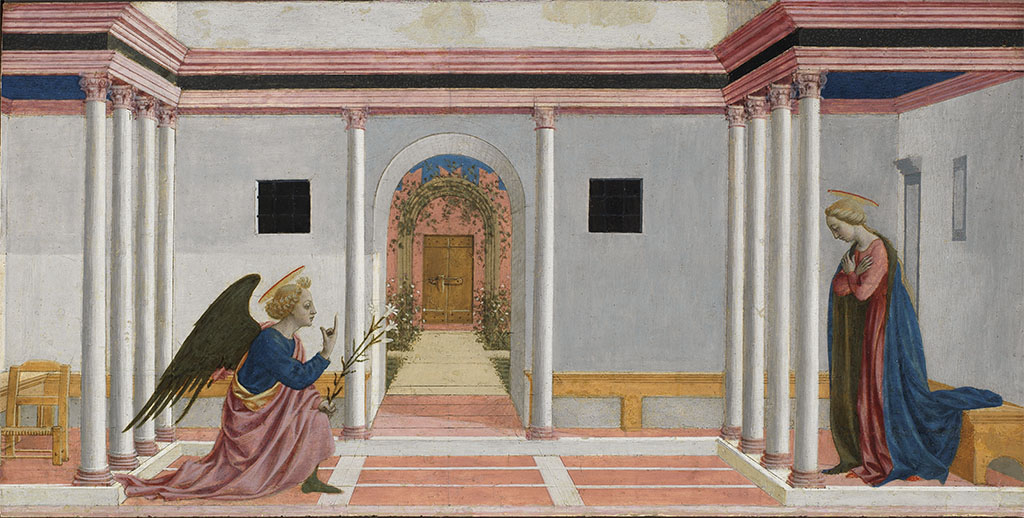
A number of Italian Renaissance paintings and drawings are among some of the earliest artworks in the collection. An Annunciation painting by Domenico Veneziano is perhaps one of the most famous. However, there are also several much earlier Renaissance works by different Italian schools on display.
Leonardo, A Rider on a Rearing Horse
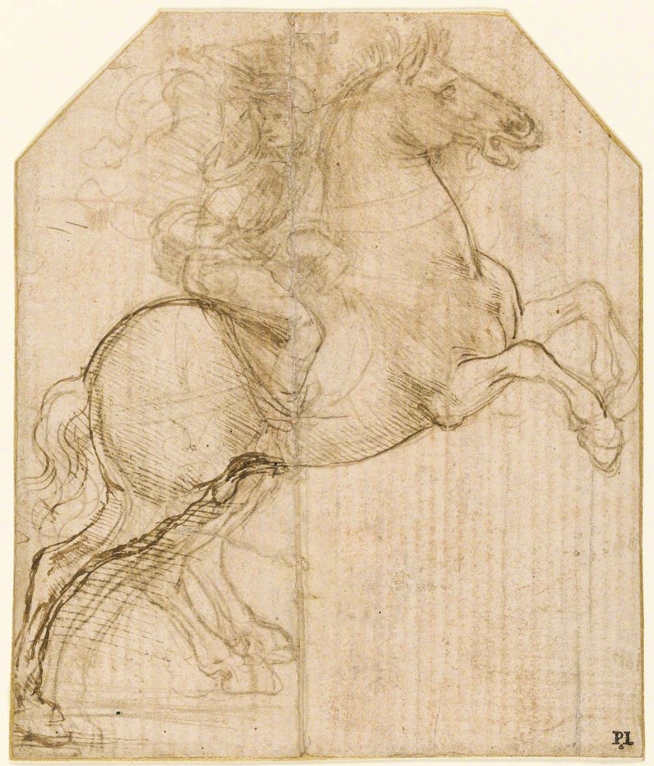
The collection also contains a number of fantastic drawings. This action shot of someone riding a rearing horse is by Leonardo da Vinci.
Sebastiano del Piombo, Madonna and Child
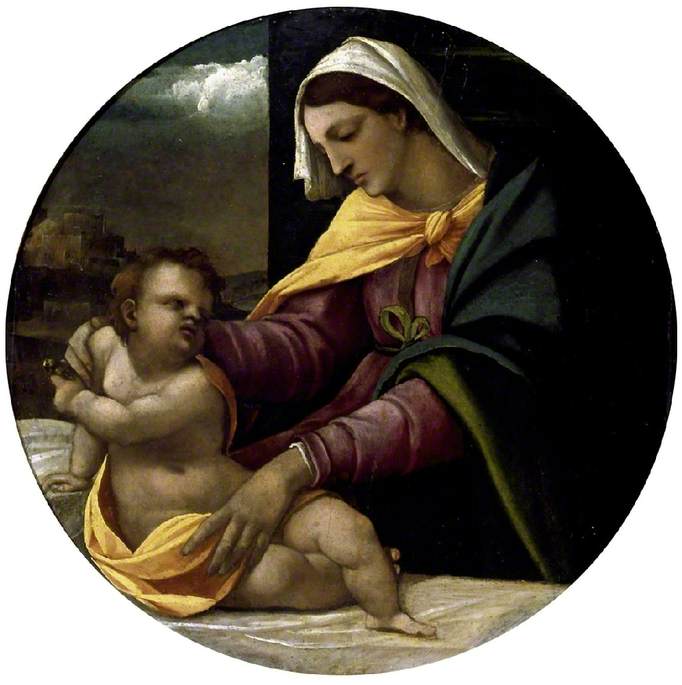
Perhaps one of my favourite paintings in the collection is Sebastiano del Piombo’s tondo shaped Madonna and Child. It is an unusual work by the artist, with a interesting approach to color and detail.
Perugino, Virgin and Child
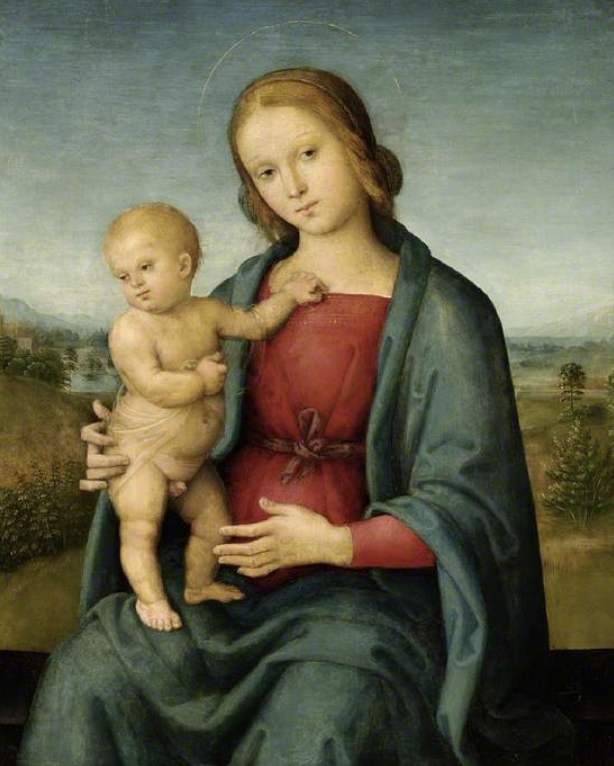
Perugino’s 1515 painting of a Virgin and Child takes a much more classical approach. The result is both beautiful and intriguing. The Madonna’s eyes seem to follow you at whichever angle you view the painting.
Titian, Venus and Cupid with a Lute Player
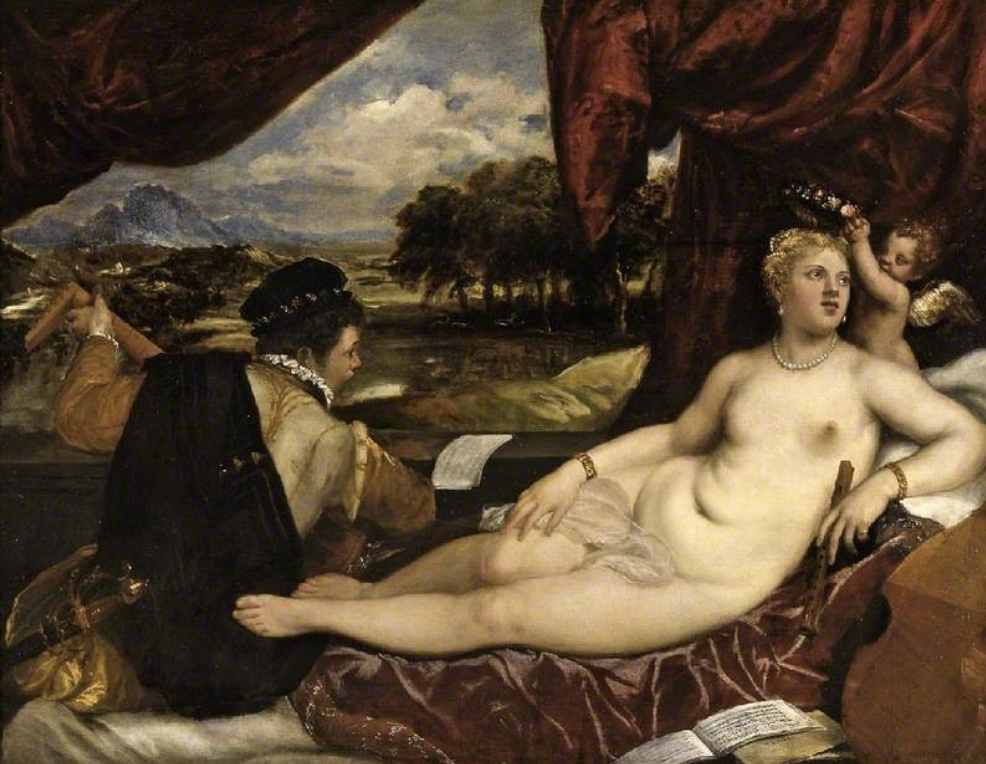
Looking at Titian’s Venus and Cupid with a Lute Player, it is easy to forget that you are in the UK. Instead, you feel instantly transported to the very similar and famous Venus of Urbino on view in Florence.
The 17th and 18th Centuries at the Fitzwilliam
Rubens, The Union of Earth and Water
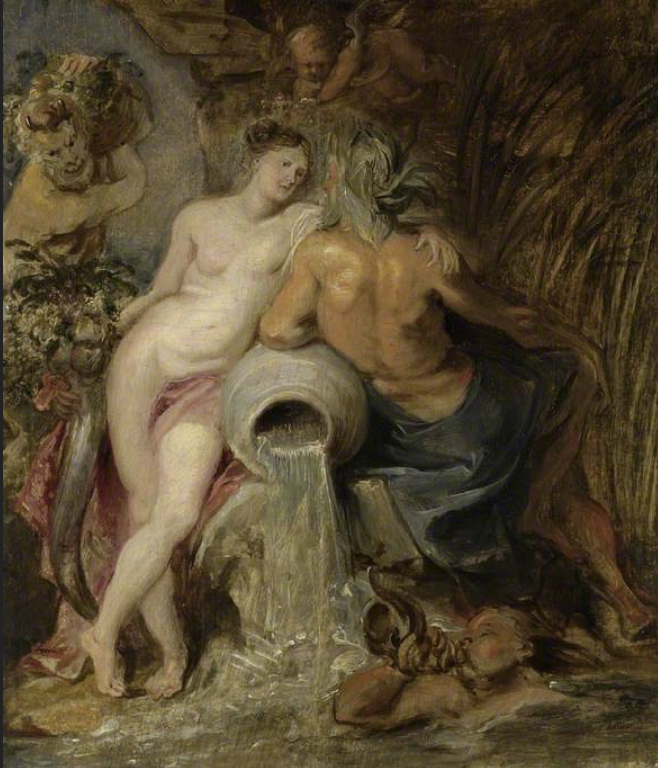
This stunning painting by Rubens takes us into the 17th century. It is very characteristic of the artist’s style.
Frans Hals, Portrait of an Unknown Man
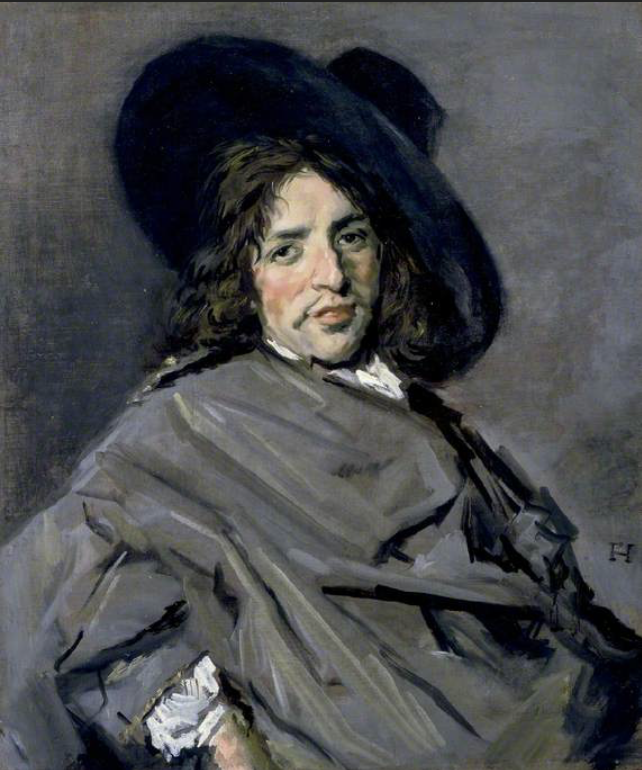
It is the same with Portrait of an Unknown Man. This painting is instantly recognisable as a masterpiece by Frans Hals. With echoes of the Laughing Cavalier in London, this portrait is painted with great clarity and skill.
Gainsborough, Heneage Lloyd and His Sister, Lucy
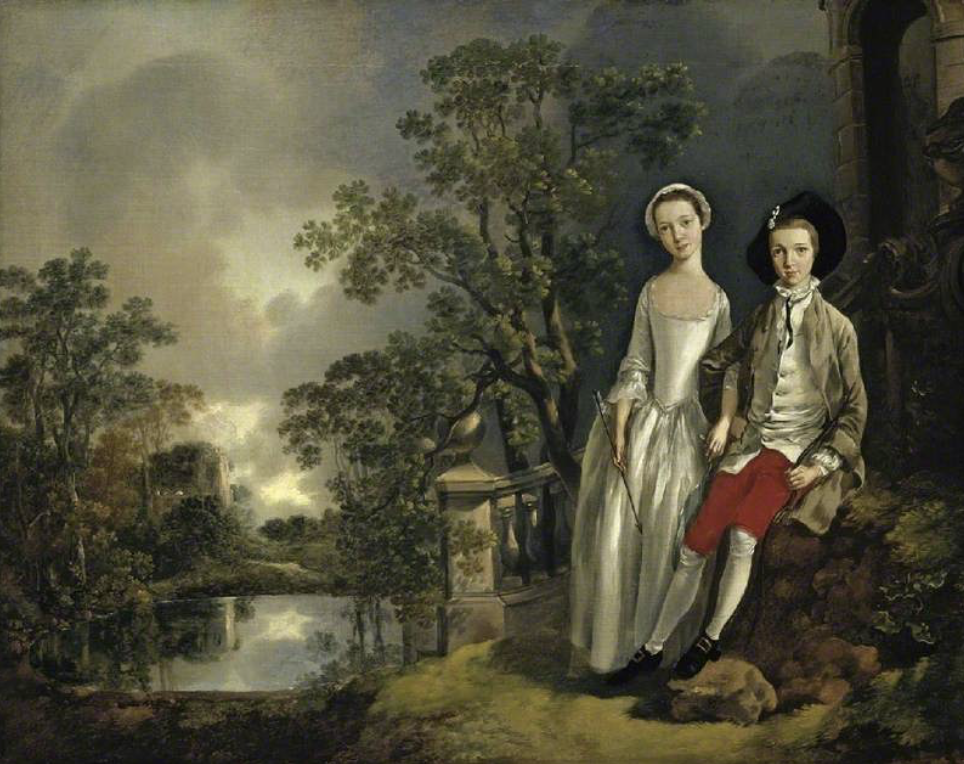
Another quintessential painting in the collection is this famous work by Thomas Gainsborough. Here the British artist has painted the children of Sir Richard Savage Lloyd of Hintlesham Hall, Suffolk.
Hans Holbein, William Fitzwilliam, Earl of Southampton
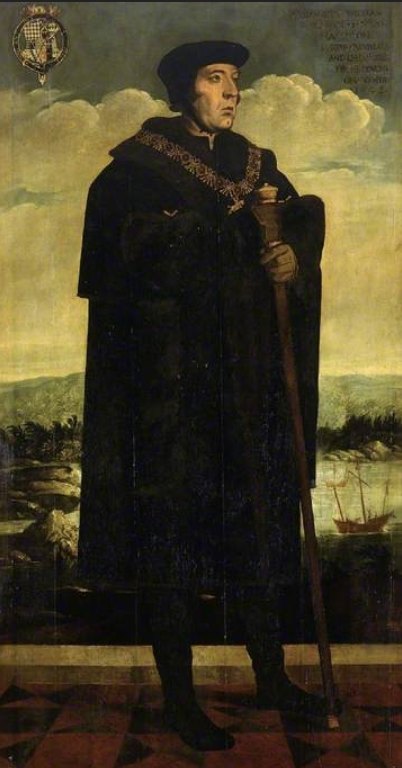
This impressive portrait of William Fitzwilliam by Hans Holbein is a real treasure of British art.
Pre-Raphaelite works
John Everett Millais, The Bridesmaid
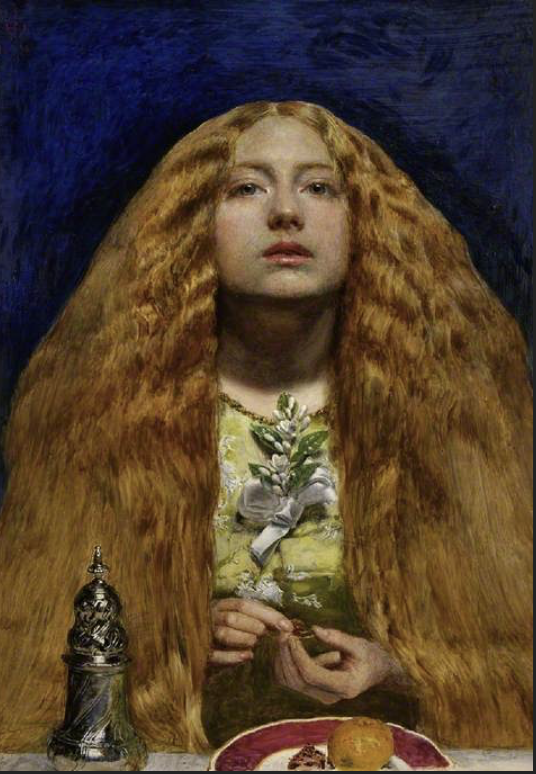
The collection includes some Pre-Raphaelite paintings and drawings. One of these is The Bridesmaid by John Everett Millais. Millais was one of the founders of the Pre-Raphaelite Brotherhood. In this work he illustrates a Victorian marriage tradition. It was believed that if the bridesmaid passed a piece of wedding cake through a ring nine times she would see a vision of her true love. This is the scene Millais captures here.
The Fitzwilliam’s Impressionist works
Renoir, Place Clichy
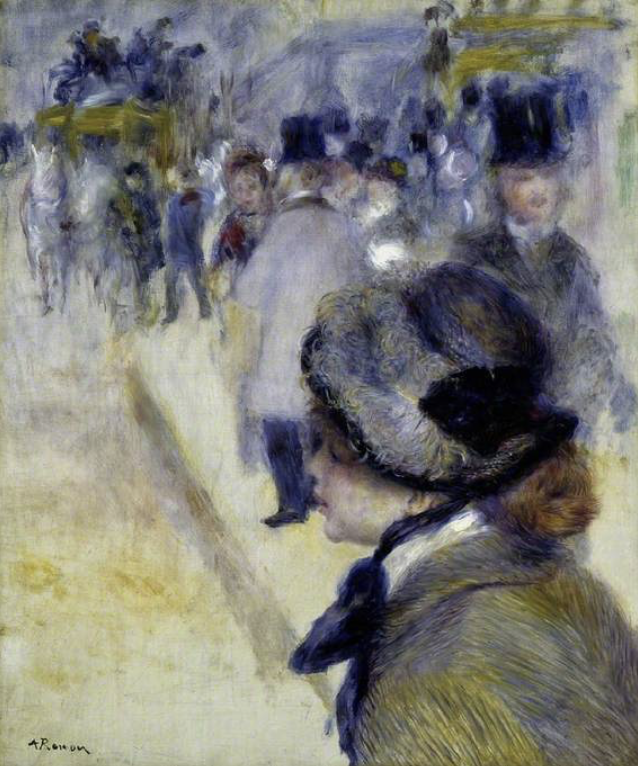
The museum holds a significant number of Impressionist paintings. One of these is Place Clichy by Renoir. This painting clearly illustrates the unique style of this great French Impressionist artist.
Pissarro, Haymaking
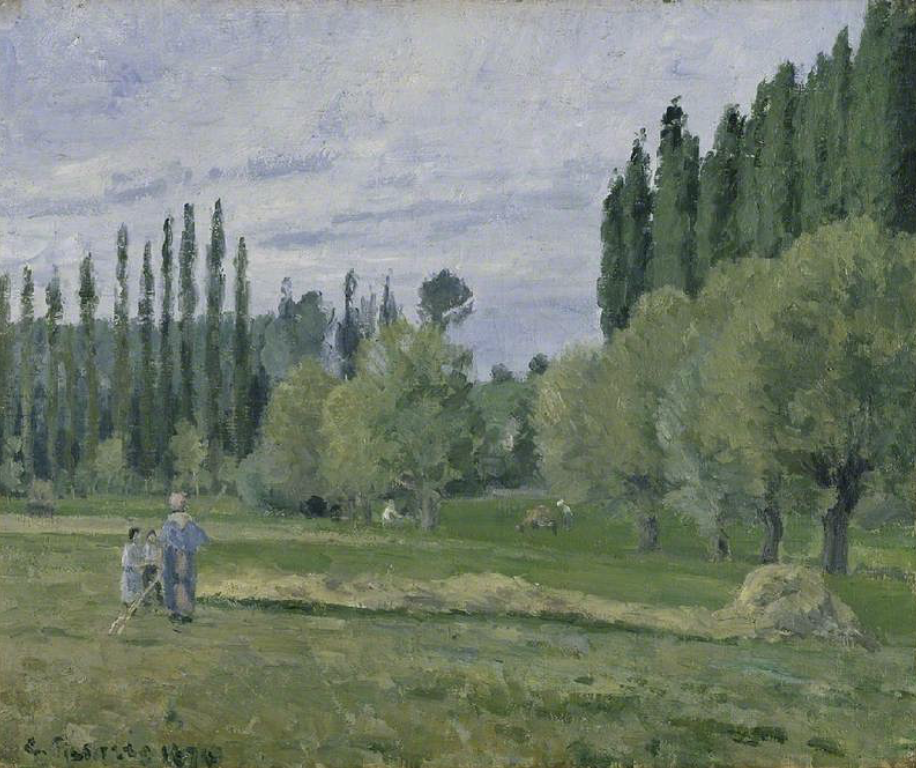
The beautiful colors in this landscape of Normandy in France have been captured by Pissarro. The soft pastel tones create a vision that leaves visitors to the gallery in awe.
Sisley, The Flood at Port-Marly
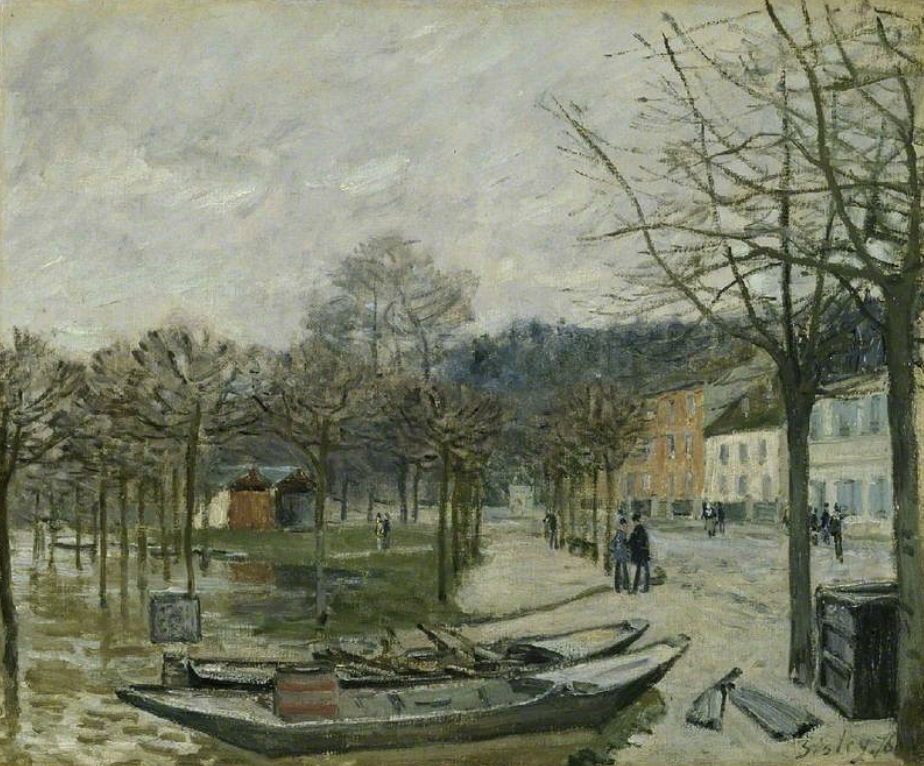
In The Flood at Port-Marly, Alfred Sisley has produced a magnificient landscape for us to cast our eyes over.
Monet, The Rock Needle and Porte d’Aval
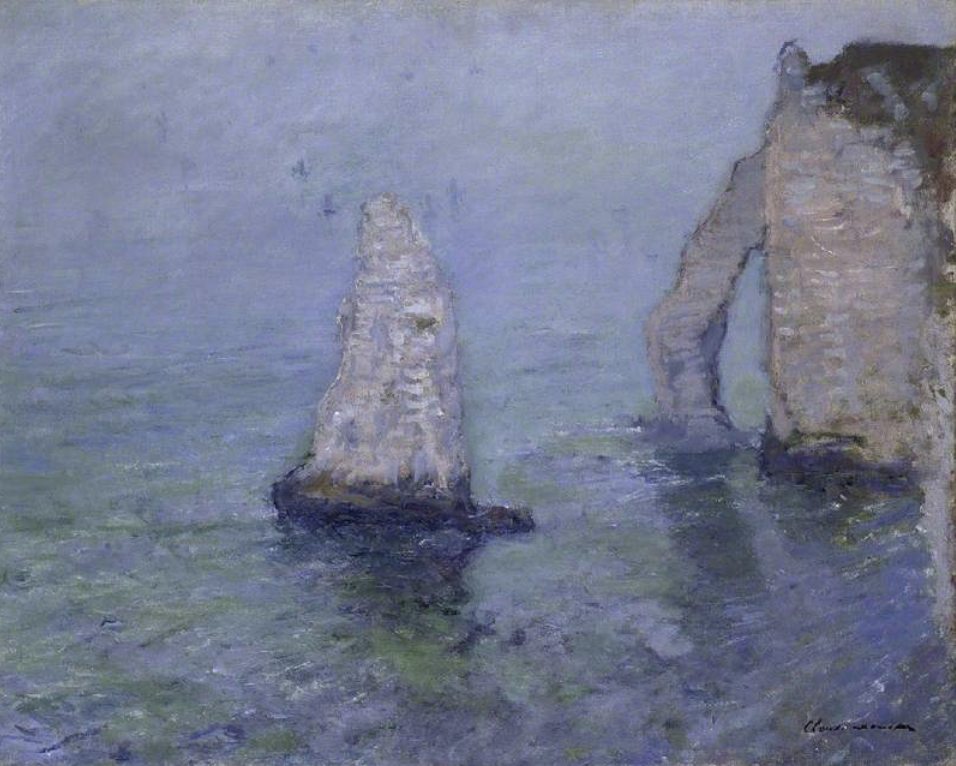
A definite highlight of The Fitzwilliam Museum is the collection of paintings by Claude Monet. One of his most famous works, a vision of blue and purple beauty, is The Rock Needle and Porte d’Aval, Etretat.
Monet, Poplars
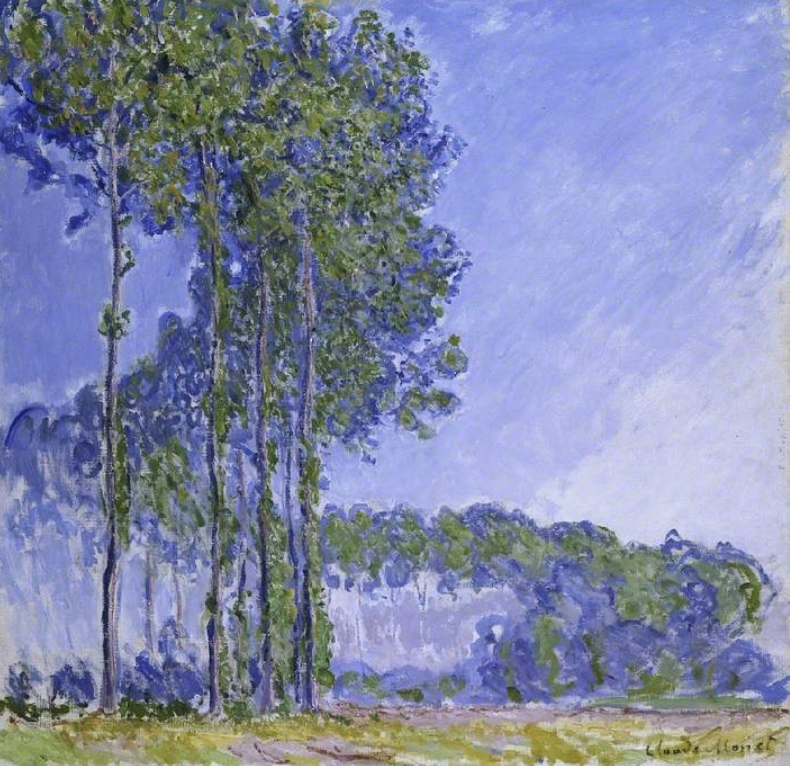
Another beautiful Monet painting is Poplars. This was painted when the artist 51 years old. You could recognise the painting as a Monet masterpiece from miles away, due to his characteristic use of color.
Post-1900 artworks
Matisse, The Studio under the Eaves
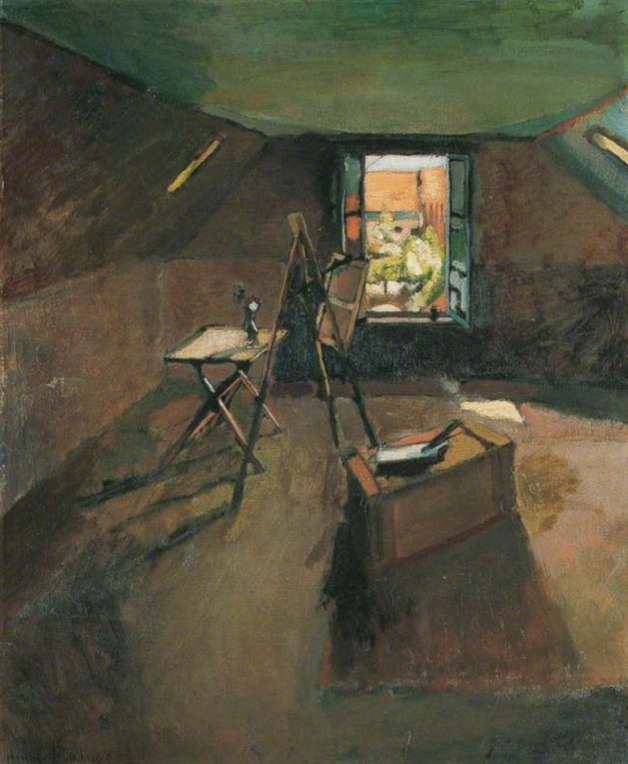
The Fitzwilliam holds a large collection of artworks produced post-1900s. One of the most memorable is The Studio under the Eaves by Henri Matisse. The painting is not like the bright colors and abstract shapes that the artist is best remembered for. Instead, this painting is dark yet it remains fascinating, nonetheless.
L.S. Lowry, Procession
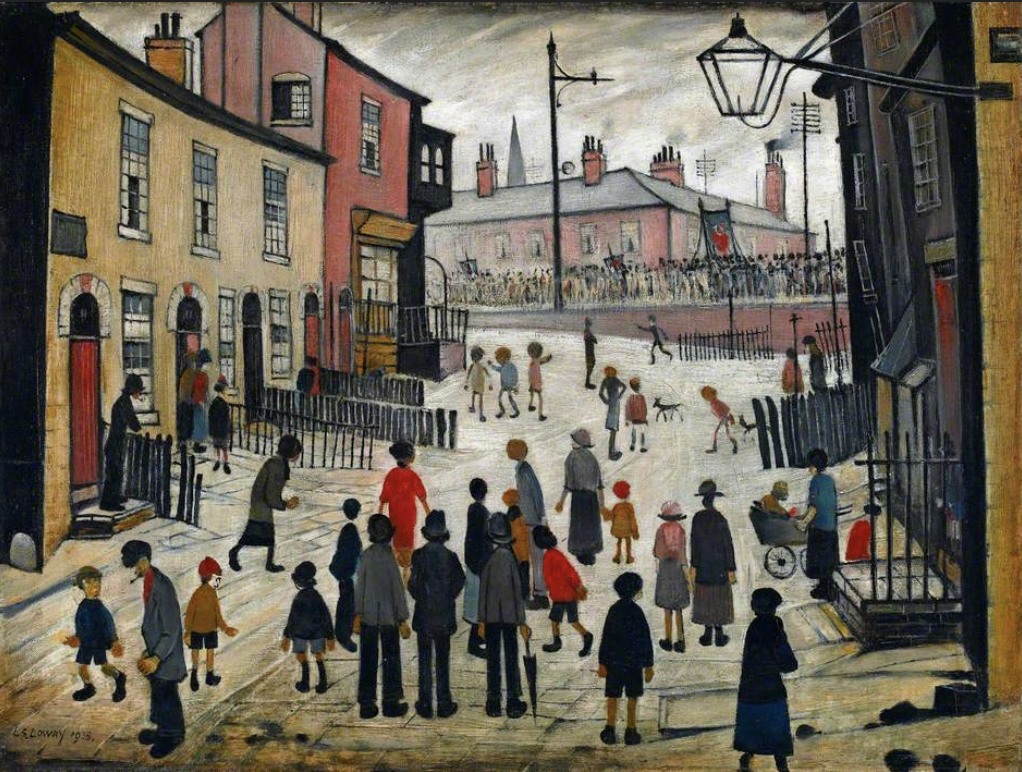
In 1938, Laurence Stephen Lowry painted this enigmatic scene, which now sits in The Fitzwilliam. His style is encapsulated in the pleasant and busy winter scene.
Stanley Spencer, Self Portrait
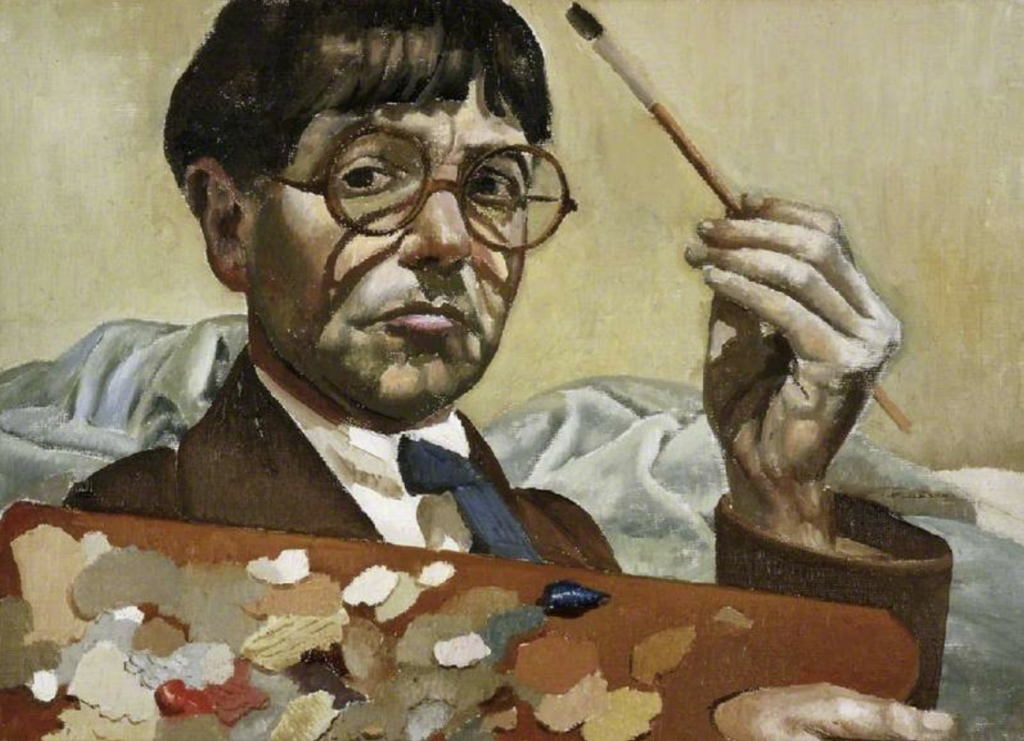
Stanley Spencer’s Self Portrait is our final memorable painting from the collection. Here the artist paints himself holding a paintbrush and looking intently towards the viewer.
The Fitzwilliam Collection summarised
It goes without saying that The Fitzwilliam Museum in Cambridge has one of the largest and most diverse collections of art in the UK. It encompasses artworks from a variety of art movements and from all across the World.
So, next time you are looking for a leisurely stroll around a museum, consider travelling to Cambridge. Come and witness this hidden gem for yourself. You will not be disappointed!
For similar posts, check these out:
